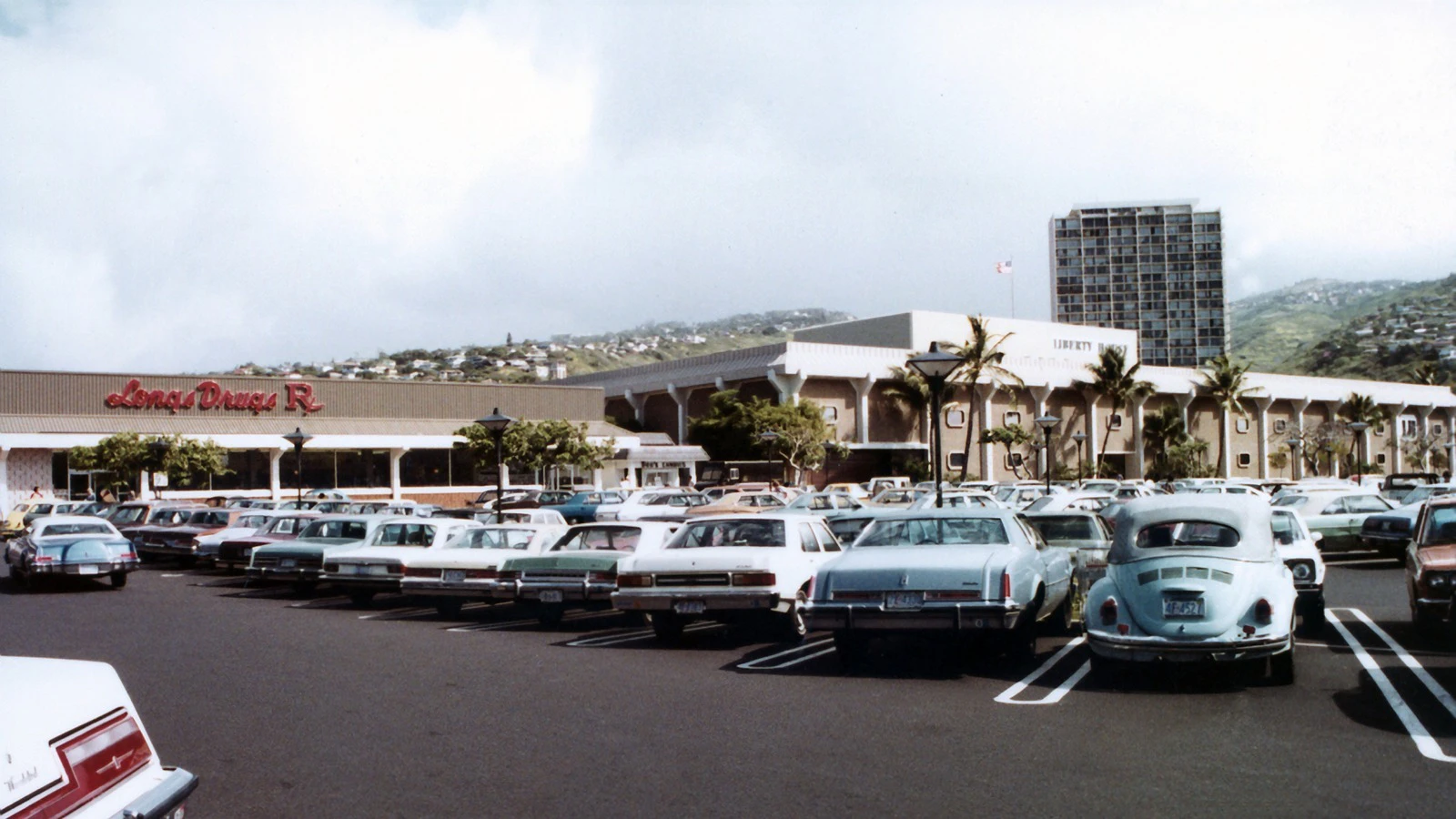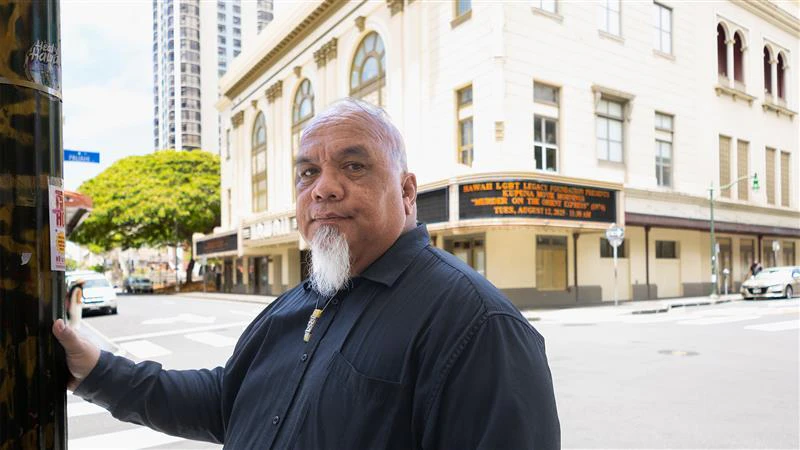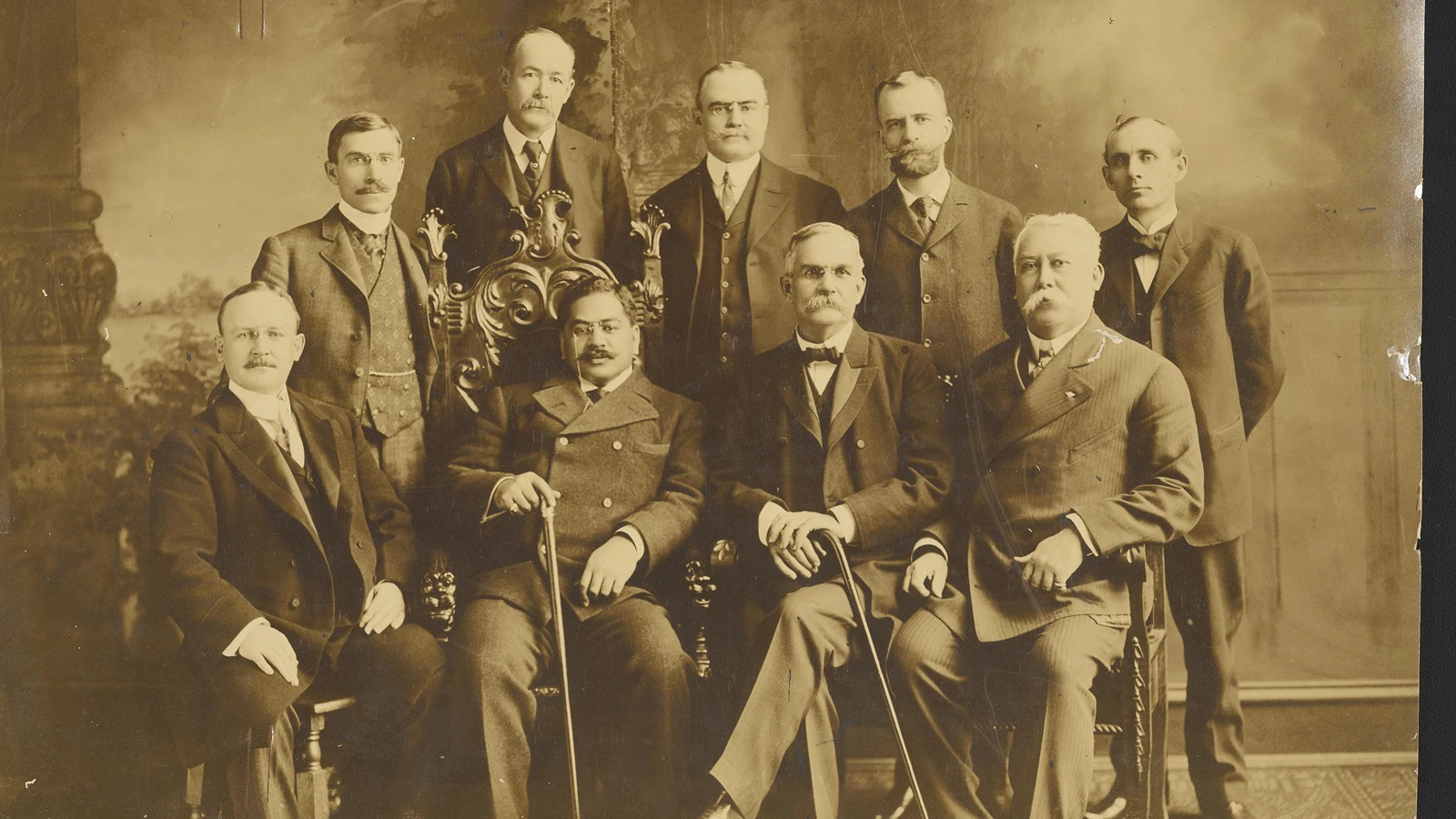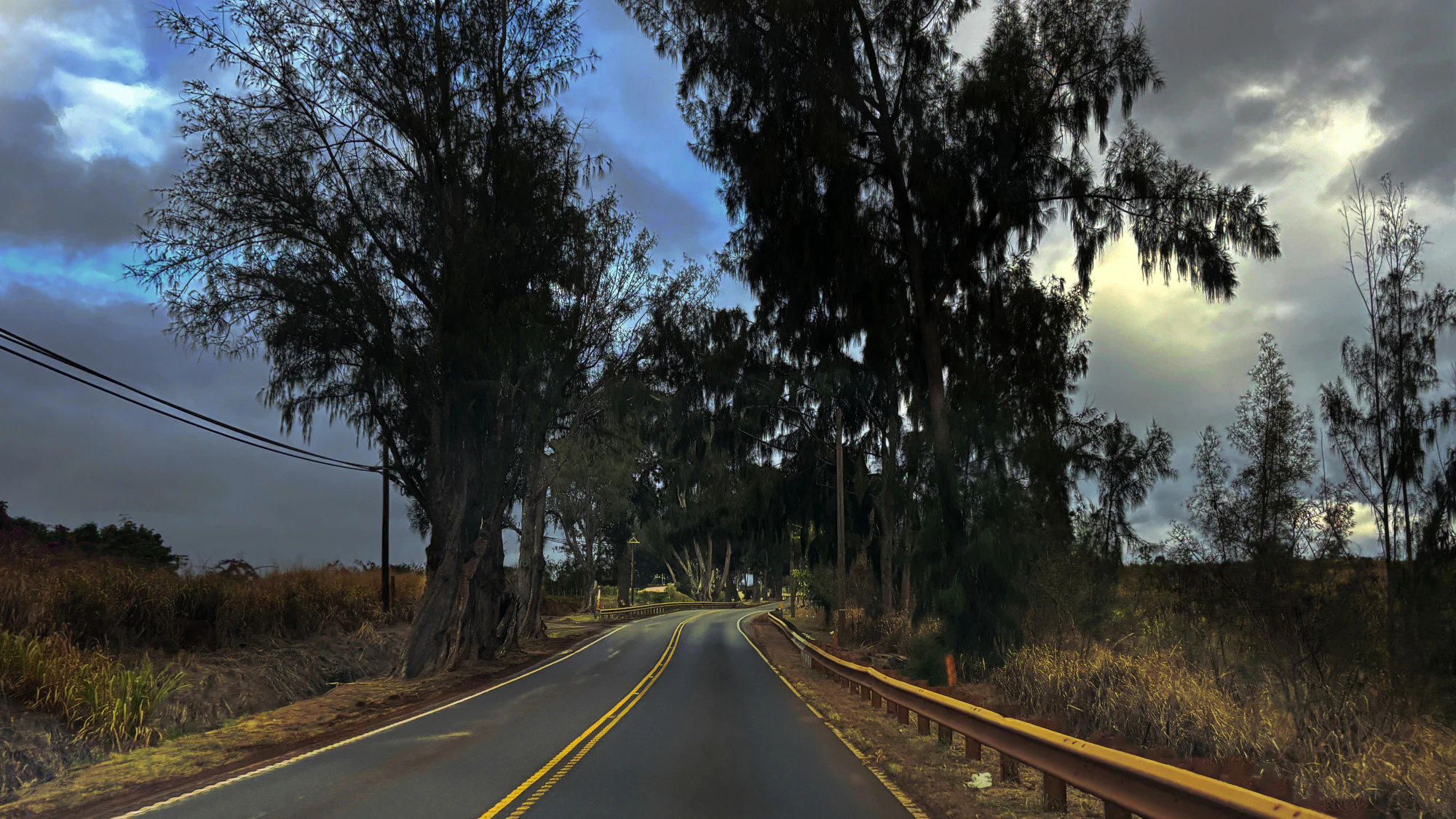Imagine wandering through Nu‘uanu Valley in the late 1700s; no framed houses or churches, no golf club, no paved roads. Try to picture what it must have looked like: a lush rainforest that gives way to sweeping lo‘i kalo, the irrigated terraces where Hawaiians farmed taro, and kauhale, groups of traditional Hawaiian homes. Cool streams teeming with ‘o‘opu (goby fish) and ‘ōpae (freshwater shrimp) wove through the land. Before any paved road connected Honolulu to the Windward side of O‘ahu, footpaths traversed the valley and beyond.
In 1795, the valley saw one of the greatest battles in Hawai‘i history, Kaleleaka‘anae, the Battle of Nu‘uanu, when O‘ahu chief Kalanikupule and his 9,000 warriors attempted to defend their reign against Kamehameha and his invading army of 12,000 warriors from Hawai‘i Island. From the beaches of Waikīkī toward the top of the valley, the violent clash of armies fought desperately to conquer the opposing side. This single, bloody battle was the defining moment in Kamehameha’s attempt at bringing the Hawaiian Islands under one rule.
After the fighting was done and the bodies were buried, after the lo‘i were repaired and replanted, life returned to normal for most people. But the imprint of violence, desperation, and death remained on the land, with much of it culminating on this quiet stretch of road.
Nu‘uanu Pali Drive is the site of numerous tragedies, including the infamous murder of Therese Wilder by a pair of escaped convicts in 1948. But that’s not all.
Old Hawai‘i newspapers show that between 1949 and 1957, there were nearly 200 accidents on this two-mile stretch of pavement, with dozens of injuries and several deaths. Although this treacherous drive was known for its sharp, nearly 90-degree turns, speeders weren’t deterred and were soon caught in the clutches of the “death curve” and Morgan’s Corner.
After the Department of Transportation smoothed out the sharpest bends and built the Pali Highway, car crashes became less frequent, but the weight in the air never lifted. Morgan’s Corner and Judd Trail, both tucked along Nu‘uanu Pali Drive, soon gained a reputation for being haunted. A homicide in the 1980s and a suicide in the 1990s only deepened the sense of unease, feeding the legends that still cling to that area. To this day, thrill seekers flock to that lonely road in search of those chicken skin moments and perhaps hoping to glimpse a ghost.
Aside from the hauntings and eerie feelings along the Nu‘uanu Pali Drive, there are other things, more ancient and more spiritual.
A few years ago, I met author and paranormal enthusiast David Weatherly. David has a breadth of knowledge and a calm, cool energy about him, which makes conversations fun and enlightening. While showing him around the island, I shared some history of Hawai‘i and stories about haunted locations. I drove up Nu‘uanu Pali Drive and parked on the wrong side of the road in front of the Board of Water Supply building. There, I began to explain the Battle of Nu‘uanu and the history of the night marchers. As if on cue, a strange mist appeared before us in the middle of the road. Really strange.
It hovered in front of us like a large, floating sphere. Its lower tendrils drifted upward, then curled inward, folding back into its center as if breathing in itself.
“That’s an interesting kind of fog,” David mused.
“I don’t think that’s fog,” I replied.
As it approached us, the mist became thicker, almost more solid-looking. Instinctively, we sat still and said nothing. The ghostly sphere seemed to move with intent as it slowly passed us, constantly churning in a slow, unnatural loop. We watched through the car mirrors as it glided into the forest and then back out again, continuing along the roadway, never dissipating, still in the shape of an odd, floating ball. We wouldn’t talk about it for the rest of the drive until we got to Zippy’s.
Then, all David had to say while nodding and chewing on his food was, “Night marchers. Had to be.”
Another witness to strange things on that lonely road is a now-retired Honolulu Police Officer and respected friend.
On a rainy November night in 2019, I received a phone call a little after midnight. It was my friend, the police officer I’ll call “M.” There was a bit of hesitation in his voice as he asked me if I could come out and bless his car.
“Tonight?” I asked.
He replied, “Yeah, right now, if can.”
Without pause, I told M that I’d be right there. Since we were both up, my wife came with me, and we met him at the top of Nu‘uanu Pali Drive, where he was parked. M was supervising traffic while a construction crew worked on repaving the Pali Highway. When we arrived, M was waiting outside his car. We shook hands, and he immediately began to explain that just before calling me, he was sitting in his car and was amazed to see an army of pueo (Hawaiian short-eared owls) fly by, heading ma kai (toward the ocean) on Nu‘uanu Pali Drive. Shortly after, night marchers quietly followed the path set by the pueo.
M said he was so stunned by what he saw that he hadn’t immediately noticed the lone pueo flying around in his car, which he said was impossible since his windows were rolled up. That’s when he jumped out of his car and called me.
Though the road has changed, its history continues to linger. From ancient legends to modern tragedies, Nuʻuanu Pali Drive still carries the weight of its past as the stories of hauntings pass from one generation to the next, reminders that some places remember.





